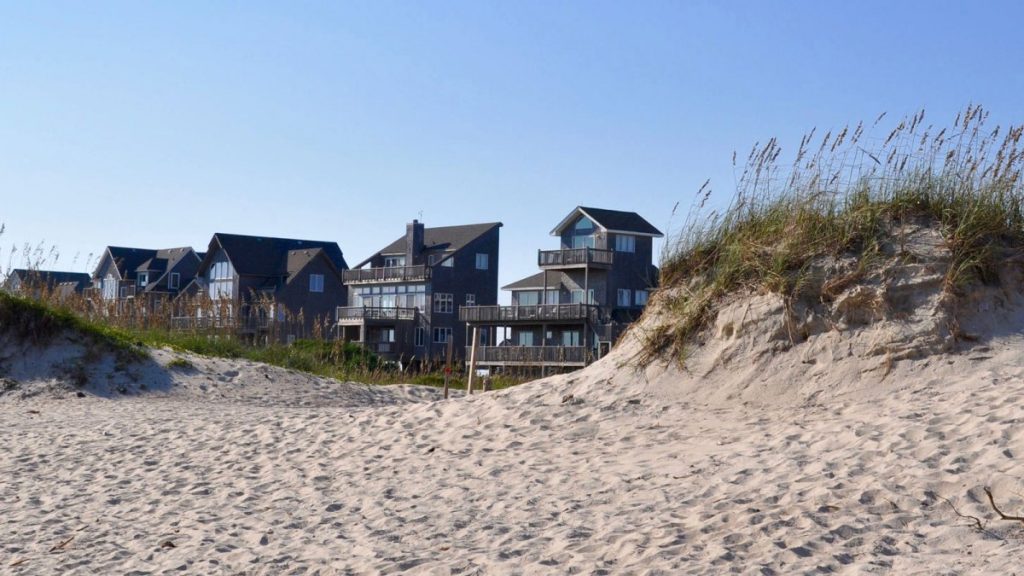How to Prepare Your Coastal Property for Sea-Level Rise and Weather Extremes
Posted
Last Updated
Your yard can be part of the solution.
People who live along the Atlantic seaboard are accustomed to dealing with environmental extremes: salt spray that can kill just about anything green; relentless wind that whips vegetation into Leaning Tower of Pisa shapes; sand, shells, rocks and dead fish that come and go. But rising sea levels and increasingly extreme weather, both driven in part by the changing climate, can make caring for a coastal property even more difficult.
The challenges may seem like more than a shoreline dweller can tackle. But residents not only can take actions to adapt to the conditions brought on by climate change: They can also take actions that, even on a small individual scale, can help slow climate change itself.
Many practices must be tailored to specific local conditions. But some principles can apply pretty much anywhere: Skip the lawn, think native, and remember that anything you put in the ground, such as chemical pesticides and fertilizers, will wind up in the water, only worsening the adverse impacts of climate change. Read on for tips.
1. Know that you can make a difference
The first step may involve a change of attitude.
“People need to feel empowered,” says Juliana Barrett, who helps communities tackle climate change through her work as a coastal ecologist and educator with the Connecticut Sea Grant Program and at the University of Connecticut. “With sea-level rise it’s like, ‘I can’t stop it – it’s beyond my control,’” she says, adding that people need to feel “like they’re at least doing something for themselves or their community to combat how climate change is impacting them.”
2. Get ready for weather extremes
Barrett encourages coastal residents to prepare for more extreme weather events, including polar opposites such as drought sandwiched by torrential rains.
You can take simple actions like setting up rain barrels to provide water in dry times. And you can improve your property’s resilience using rain gardens that can help soak up excess water.
3. Look for alternatives to lawns
What should you plant in your climate-ready coastal yard? Not lawns, according to just about every expert. Most traditional lawn-care equipment, such as gas-powered mowers, creates heat-trapping carbon pollution.
What’s more, lawns tend to be nutrient- and chemical-intensive, says Judy Preston, a coastal gardening expert with Connecticut Sea Grant and the Long Island Sound Study. People tend to over-water, using a resource that climate change has made more precious than ever. And they over-fertilize, leaching unwanted nitrogen into the adjacent water, depleting oxygen and killing wildlife.
The biggest offenders are the products that pre-mix fertilizers and pesticide, Preston says. “At worst, it’s just a bad idea. Basically, you’re putting this broad spectrum of excess food, excess chemicals on,” she says. “Of course it kills anything, and then it takes time to put back microorganisms in the soil.”
In contrast, healthy soil – that means soil with smaller amounts of chemical fertilizers and pesticides and plenty of useful microorganisms – helps slow climate change by allowing more carbon to be stored in the soil, in what experts refer to as “carbon sequestration.”
“There’s all the good stuff that goes on below the surface which most people don’t think about,” Preston says.
4. Use more native plants
Native species tend to be most adaptable to the vagaries of the local climate, even as it changes. And salt-tolerant plants that can handle storms and frequent flooding work best right along a shoreline. READ MORE

